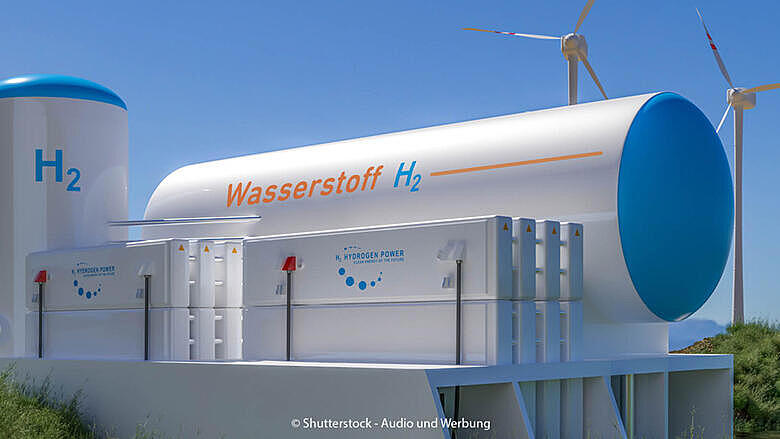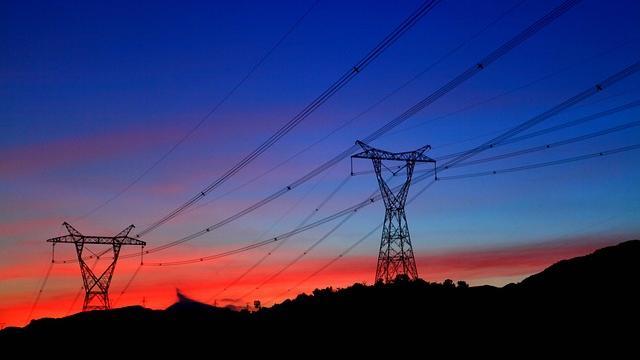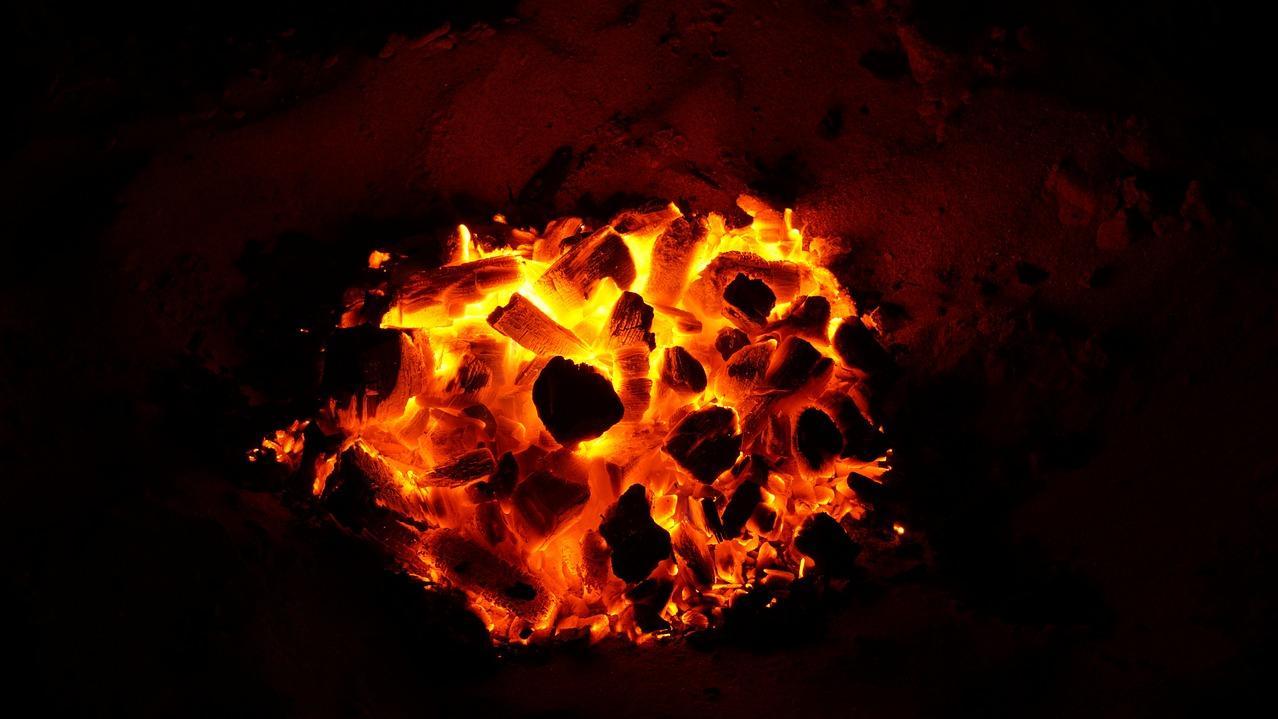 Energy System
Energy SystemWind energy and hydrogen united for climate protection
Summary
Hydrogen can contribute to climate protection if electricity from renewable energies is used for its production in electrolysis - so-called "green" hydrogen. Wind energy, unlike solar energy, cannot be used at the point of generation because wind turbines are almost always located far away from electricity consumers. The largest German onshore wind farms are in the north and east - is there really no room in the other regions? In 2019, a volume of electricity of 6,482 GWh had to be curtailed by grid operators, 19 percent more than the year before. Eco-consumption of electricity is not possible,
The power generation of post-EEG plants has been in place since 2000, since it limits the feed-in tariff to 20 years, but the power plants have to think about how they can continue to operate economically. After that, operators have to find a buyer for direct marketing of the electricity.
Open full article
Wind energy and hydrogen united for climate protection
Hydrogen is considered THE solution for the energy transition. Wind energy is powerful, but does not fully exploit its potential. The two should be able to be brought together to advance decarbonization. After all, only "green" hydrogen produced using renewable energy is really helpful against climate change.
In this article, I have looked at both issues and how they can work together to advance energy transition and climate protection. Three examples show that this interaction is already being tested and implemented.
Hydrogen - really the answer to all questions?
Hydrogen as an energy carrier is seen in many discussions and reports as THE big solution for the energy transition. In general, hydrogen is an excellent storage medium and can be easily transported in suitable pipes and containers. This would also make the energy available at any time, regardless of the time of day, season or weather conditions.
But hydrogen can only contribute to climate protection if electricity from renewable energies is used for its production in electrolysis - so-called "green" hydrogen. All other ways of production are rather harmful for our climate.
For the production of hydrogen, electricity from renewable energy sources is needed, mainly wind and solar energy. This means that the direct use of the generated or stored electricity competes with the use of hydrogen. In many cases, however, it is more efficient to use electricity directly - whether for electromobility or in heat pumps.
The efficiency for electrolysis is between 60 and 70 percent. If we generate electricity from the hydrogen in a fuel cell, the efficiency for this step is 60 to 80 percent. This means that we have to use at least three times more electricity from renewable sources for green hydrogen as electricity storage. Effort and costs also rise accordingly.
Some industrial processes cannot be electrified or require direct use of hydrogen. The chemical industry already uses large quantities of hydrogen to produce ammonia. Green hydrogen can replace fossil natural gas.
Wind energy is part of decarbonization with problems
Electricity generation from wind energy, along with photovoltaics, is an important part of decarbonization. Electricity from wind turbines accounted for 27 percent of Germany's electricity supply in 2020, making it the most important single energy source in the country's electricity mix.
But wind energy, unlike solar energy, cannot be used at the point of generation because wind turbines are almost always located far away from electricity consumers. Local residents should not be bothered by the noise of the rotors. Some political actors therefore set large minimum distances of 1 to 2 km from residential areas. Another reason why they are mainly located in sparsely populated regions.
Uneven spatial distribution
The result is an uneven spatial distribution of wind energy in Germany. At the wind monitor of the Fraunhofer Institute for Energy Economics and Energy System Technology we can see the spatial distribution in Germany and the average local wind speed. The largest German onshore wind farms are in the north and east - is there really no room in the other regions?
Feed-in management causes power outages
Another problem with wind energy is feed-in management. This curtailment of electricity from renewable sources by the grid operator is necessary when individual sections in the power grid are overloaded and the supply of electricity cannot be taken. Wind turbines are particularly affected by this measure - they are then turned out of the wind to stop driving the turbine and thus generating electricity.
In 2019, a volume of electricity of 6,482 GWh had to be curtailed by grid operators, 19 percent more than the year before. Of this, 78 percent was accounted for by onshore wind power and 18 percent by offshore wind power. Only four percent of the turbines regulated were not wind turbines (source: Monitoring Report 2020 of the Federal Network Agency).
6.48 terawatt hours of cleanly generated electricity could have been used in other applications and avoided the use of fossil fuels. Added to this are costs of more than 700 million euros that had to be paid to plant operators as compensation.
Use of post-EEG plants
The Renewable Energies Act (EEG) has been in place since 2000. Since it limits the feed-in tariff to 20 years, older wind turbines lose this entitlement. After that, operators have to think about how they can continue to operate economically.
Self-consumption of the electricity, as is the case with photovoltaic systems, is not possible. The wind turbines are directly connected to the power grid and are located too far away from the nearest consumers. Therefore, the operators have to find a buyer for direct marketing of the electricity. Alternatives would be repowering, but this would fail due to approval, or dismantling the old turbines.
How hydrogen can help wind energy
Now the hydrogen mentioned at the beginning comes into play. With the production of green hydrogen, we cannot completely solve the aforementioned problems of wind energy, but we can at least reduce them. This is where electrolysis can be put to good use and hydrogen can make an important contribution to the success of the energy transition.

Generation of hydrogen during grid bottlenecks
The uneven spatial distribution of wind energy requires sufficient capacities in the grids to transport the electricity to the consumers. If the capacities are not sufficient, bottlenecks occur in the power grid and as a result, grid operators have to shut down wind turbines.
So why don't they instead use the electricity for electrolysis and produce clean gas? The electrolysers can be used as needed and regulated accordingly. The wind turbines can continue to run and the energy does not go unused. The hydrogen produced can be fed into a grid or stored and transported in tanks to save fossil gas elsewhere.
Generation of hydrogen with old wind turbines
Old wind turbines that no longer receive feed-in tariffs (post-EEG) require a direct marketer or another solution for continued operation, otherwise they can no longer be operated economically. Electrolysis for the production of green hydrogen offers itself as a secure customer. In this way, CO2-neutral power generation can continue.
According to the German WindEnergy Association, the German government estimates the demand for clean electricity for the production of green hydrogen at 20 TWh per year. So-called post-EEG plants can supply a large share of this.
However, a prerequisite for a functioning business model is also an exemption of the electricity from the EEG surcharge and grid fees, says Sabine Peter, president of the German Renewable Energy Federation. An exemption of electricity from the EEG s urcharge has been in place since summer 2021, but so far it does not apply to plants that have received support under the EEG.
Practical examples of combining hydrogen and wind energy in the full article.


